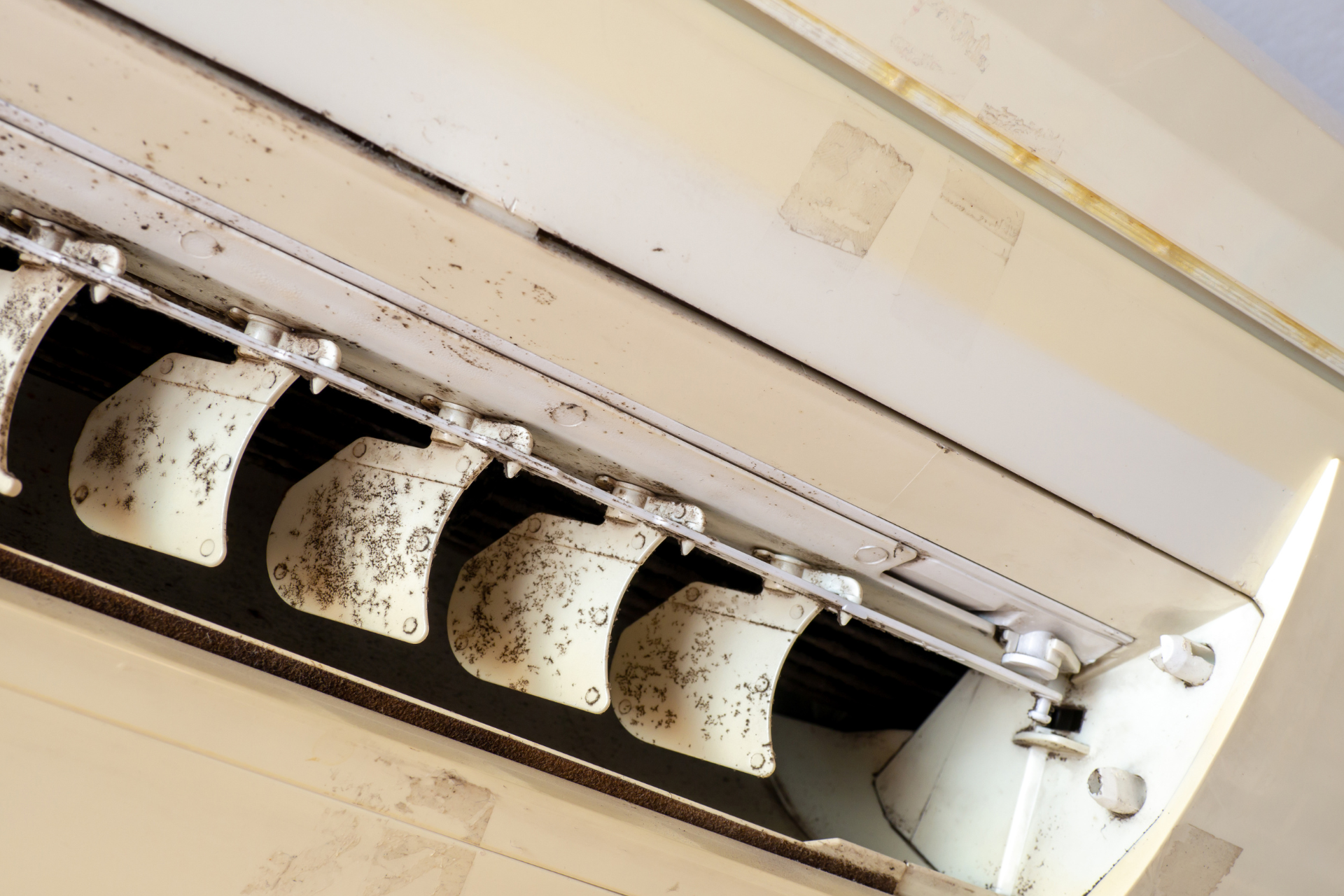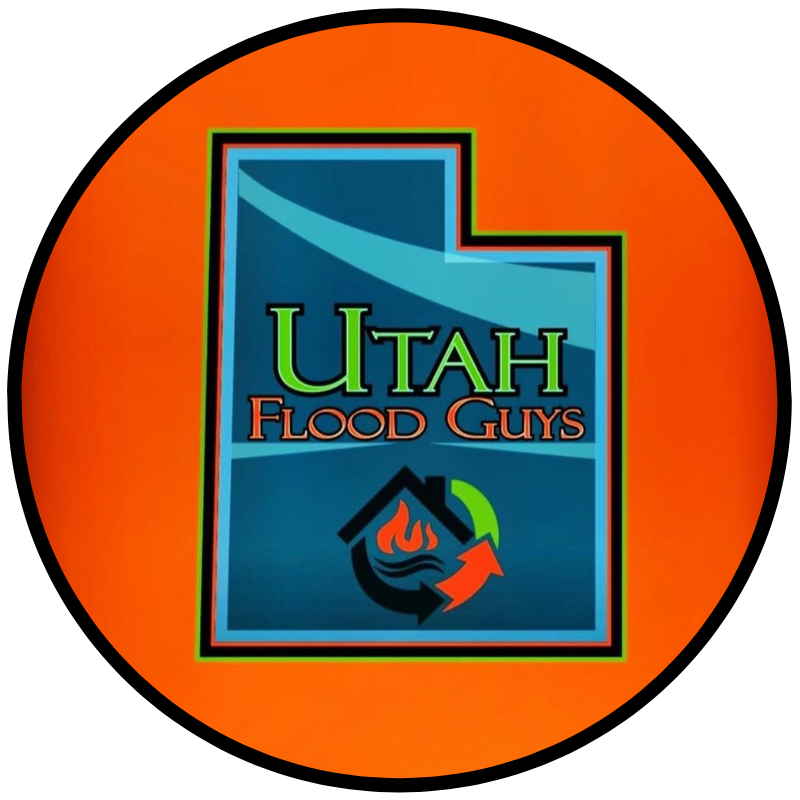Hidden Dangers: Mold in HVAC Systems and How to Address It

As the seasons change and temperatures fluctuate, our HVAC systems become our trusted companions in keeping our homes and businesses comfortable. However, what many people overlook is the potential for mold growth within these systems, posing serious health risks and financial burdens. Here at Utah Flood Guys, we understand the importance of maintaining a clean and safe environment, which is why we're shedding light on the hidden dangers of mold in HVAC systems and how to address them.
Mold in HVAC systems is a common issue that often goes unnoticed until it becomes a serious problem. The dark, damp environment within HVAC units provides the perfect breeding ground for mold spores to thrive. As air circulates through the system, these mold spores can be dispersed throughout the building, leading to poor indoor air quality and potential health issues for occupants.
One of the key signs of mold in your HVAC system is a musty odor emanating from the vents. If you notice this smell, it's essential to take action promptly to prevent further mold growth and safeguard your health. Other indicators of mold in HVAC systems include visible mold growth on the vents or inside the unit, increased allergy symptoms, or unexplained health issues among occupants.
Addressing mold in HVAC systems requires a multi-faceted approach to ensure thorough removal and prevention of future growth. Here are some steps you can take to tackle mold in your HVAC system effectively:
1. Schedule Professional Inspection
Contacting a professional restoration company like Utah Flood Guys for a comprehensive inspection of your HVAC system is the first step in identifying and addressing mold growth. Our experienced technicians can assess the extent of the mold infestation and determine the best course of action for removal.
2. Clean and Disinfect
Once mold has been identified, the next step is to clean and disinfect the HVAC system thoroughly. Specialized cleaning agents and equipment may be needed to effectively remove mold spores and prevent regrowth. Our team at Utah Flood Guys is equipped with the necessary tools and expertise to handle mold remediation in HVAC systems.
3. Improve Ventilation
Proper ventilation is crucial in preventing mold growth in HVAC systems. Ensure that vents are unobstructed and allow for adequate airflow. Additionally, maintaining proper humidity levels within the building can help deter mold growth in the future.
4. Regular Maintenance
Stay proactive in preventing mold in HVAC systems by scheduling regular maintenance checks with a professional. Routine inspections and cleaning can help catch mold growth early on and prevent costly damage to the system.
5. Consider UV Air Purification
UV air purification systems are effective in killing mold spores and other harmful microorganisms in HVAC systems. Installing a UV light within the system can provide an added layer of protection against mold growth and improve indoor air quality.
Don't let mold in your HVAC system compromise the safety of your home or business. By being proactive and addressing mold growth promptly, you can create a healthier indoor environment for yourself and your loved ones. If you suspect mold in your HVAC system or require professional mold remediation services, Utah Flood Guys is here to help. Contact us today to schedule an inspection and protect your property from the hidden dangers of mold in HVAC systems. Stay safe, stay healthy!
You might also like
Utah Flood Guys Blog



